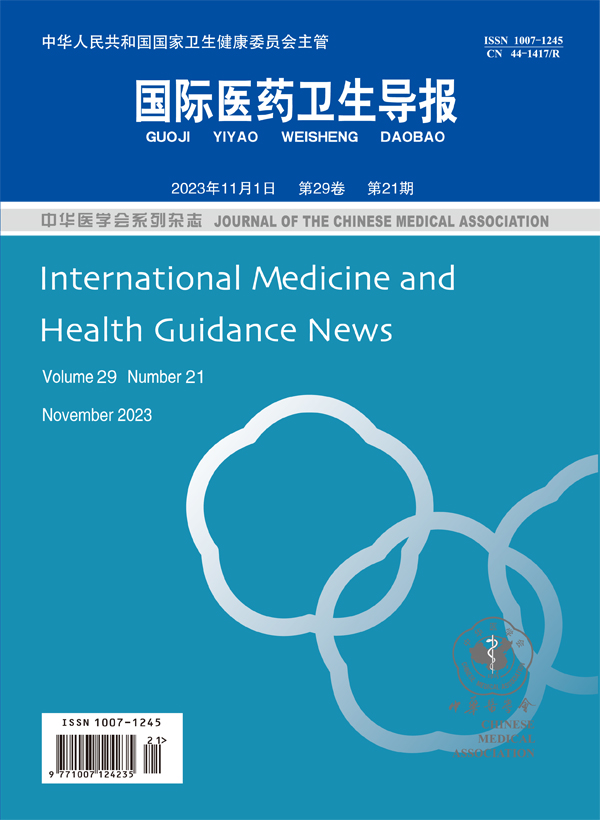Therapeutic effect of high frequency repetitive transcranial magnetic stimulation for post stroke depression
引用次数: 0
Abstract
Objective To explore the efficacies and onset times of high frequency repetitive transcranial magnetic stimulation combined with fluoxetine versus fluoxetine alone for post-infarction depression. Methods Forty patients with post-infarction depression who met the inclusion criteria were selected from April, 2017 to March, 2019 in the Department of Rehabilitation Medicine of our hospital. They were randomly divided into a treatment group and a control group, with 20 cases in each group. On the basis of routine treatment, the control group was treated with fluoxetine, while the treatment group with high frequency rTMS and fluoxetine. Repeated transcranial magnetic stimulation therapy was given for 4 weeks, 5 times a week. Hamilton Inhibition Scale (HAMD) and ability of daily life (ADL) were used to evaluate the depressive symptoms and life dependence before and after the treatment in the two groups. Results After the treatment, the HAMD scores of both groups decreased significantly, and decreased more in the treatment group than in the control group (all P<0.001). The ADL of the treatment group was improved from the 2nd week, while that the control group from the 4th week (P<0.001). No corresponding adverse reactions occurred in both groups during the treatment. Conclusion High frequency rTMS can improve the depressive mood, life state, and rehabilitation effect of patients with post-infarction depression in the early stage (2nd week), and is safe. Key words: TMS; Post stroke depression; Psychology高频重复经颅磁刺激治疗脑卒中后抑郁的疗效观察
目的探讨高频重复经颅磁刺激联合氟西汀与单用氟西汀治疗脑梗死后抑郁的疗效及起效时间。方法选取2017年4月至2019年3月我院康复医学科符合纳入标准的梗死后抑郁患者40例。随机分为治疗组和对照组,每组各20例。在常规治疗的基础上,对照组采用氟西汀治疗,治疗组采用高频rTMS联合氟西汀治疗。反复经颅磁刺激治疗4周,每周5次。采用汉密尔顿抑制量表(HAMD)和日常生活能力量表(ADL)评价两组患者治疗前后的抑郁症状和生活依赖性。结果治疗后,两组患者HAMD评分均显著下降,且治疗组下降幅度大于对照组(P<0.001)。治疗组ADL从第2周开始改善,对照组从第4周开始改善(P<0.001)。两组患者在治疗过程中均未发生相应的不良反应。结论高频rTMS可改善梗死后抑郁患者早期(2周)的抑郁情绪、生活状态和康复效果,且安全性高。关键词:经颅磁刺激;脑卒中后抑郁;心理学
本文章由计算机程序翻译,如有差异,请以英文原文为准。
求助全文
约1分钟内获得全文
求助全文

 求助内容:
求助内容: 应助结果提醒方式:
应助结果提醒方式:


